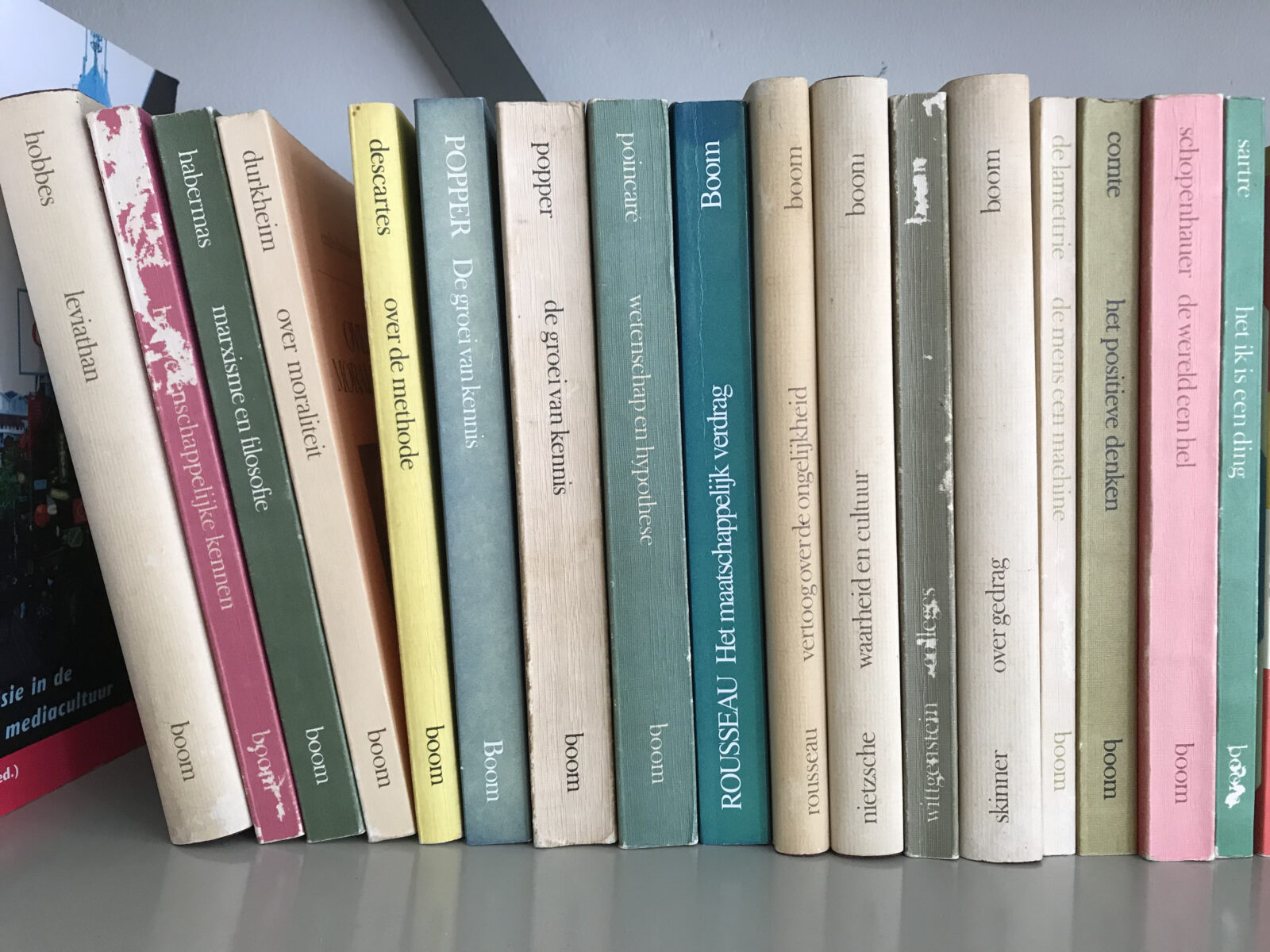Seminar Blogs
“What Academics Can Learn from Designers” – Hymke Theunissen
In the latest TiM seminar, we were joined by designer Pauline van Dongen and academic Lianne Toussaint. When they met during their PhD projects, one thing stood out for them both: they approach creative processes differently, based on their backgrounds.
Van Dongen told us about the transition from design practice to academic practice, which involved a different way of thinking. As a designer, she is used to thinking and acting creatively, which helps when carrying out academic research – undoubtedly creative in its own right. However, design-creativity requires a sense of distance from the past, of what others that came before had done; this allows a designer to think authentically and to let their mind run free. Wondering whether an idea is original enough might hinder the designer to trust their thoughts.
In academic research, it is an asset to embed one’s writing in tradition. This allows for the development of debates, of thought, and a discipline (or multiple). Van Dongen experienced this immediate reflection on tradition as a contrasting and complex approach from what she was used to. I completely understand what van Dongen is saying, and I think that as academics we can learn from design-creativity, to orient ourselves towards the past in a productive manner.
A pitfall all too well known by students is the overwhelming feeling of having to place yourself, as a student who is learning to carry out academic research, within a scientific debate. You need to discuss a topic that others have been studying for years. This was discussed in my studies when we were learning to understand difficult texts, such as “The Question Concerning Technology” by Martin Heidegger. These texts have been interpreted by many scholars in different ways. Part of the course consisted of learning to understand these texts, but we were also expected to use them in our own writing. This is where the difficulty arises: how can I use Heidegger’s thinking in a way that does justice to what he is saying, and helps me to make my own point? How can I make a point about something so dense and complicated? When do I know that I know enough, or what I don’t know?
What we can learn from a design approach is that we should trust and develop our own ideas and use theories and thoughts that have come before as a source of inspiration, instead of a source of intimidation. Orienting yourself towards the past by embedding your research within tradition can help to stir your creativity: it can be encouraging to ‘stand on the shoulders of giants’, and to be inspired by what others have thought or observed. I often come across students who were intrigued by a single sentence they read in a book. Another person’s – unfinished – thoughts can be a starting point to build upon.
As Jonathan Culler observes: “You have not become master, but neither are you where you were before.” (1997, 16). We should not be intimidated by the fact that we cannot know or understand everything, we should orient ourselves towards what has been done before to develop our own thinking, to come up with different questions to ask. But, most importantly, learn from a design approach to trust your own ideas before anything else.
References
- Culler, Jonathan. 1997. Literary Theory: A Very Short Introduction. Very Short Introductions. Oxford: Oxford University Press.
*Image credits: Private collection.

